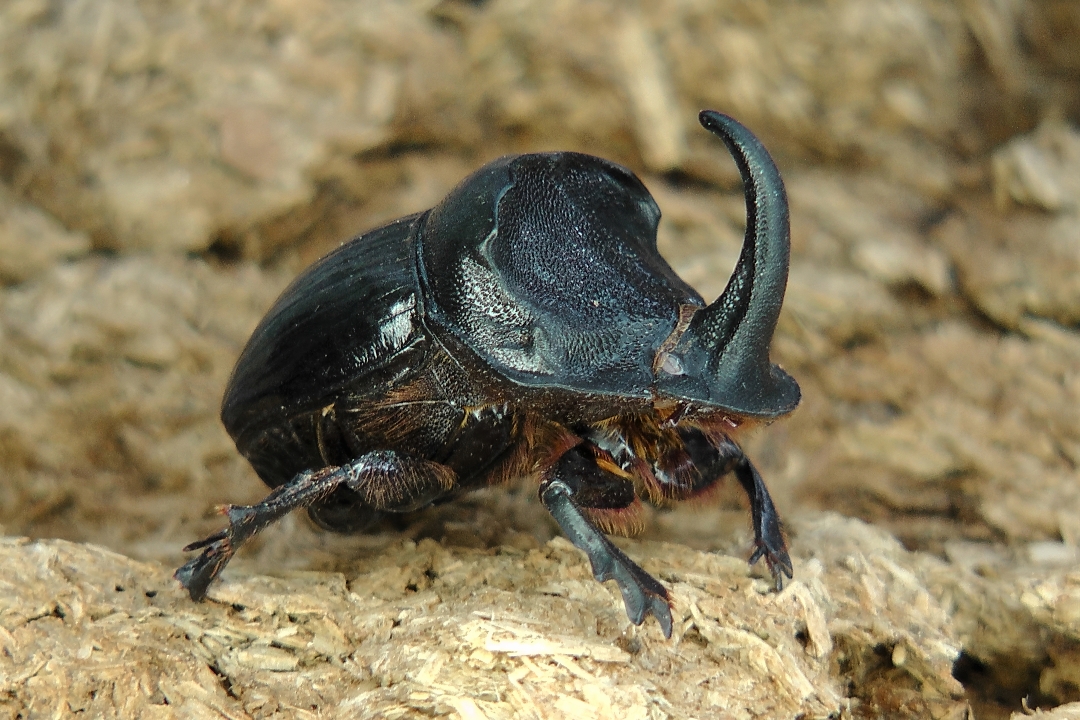Research bodies including CSIRO, Meat & Livestock Australia, and Dung Beetle Solutions International, have examined dung beetle species, studying the advantages they bring to the grazing ecosystems.
Since 1965, there have been various studies, importing and introducing a variety of species to different Australian regions, and examining the positive impact these beetles provide.

1965 - 1985 - More than 50 species were imported by the CSIRO with the primary aim of inhibiting the bush-fly population. The results of this study saw 43 species released into the field with 23 becoming established in the Australian ecosystem.
1990 - 1992 - The CSIRO imports four species from Spain to control bush-fly numbers in Western Australia. With few species being released into the field, none of them were successful in adapting to the Western Australian landscape.
2012 - 2012 - An MLA-CSIRO partnered project studied two imported spring active species (O. vacca and B. bubalus), leading to the establishment of commercial breeding operations in Australia (Creation Care).
2018 - 2022 - A partnership between Charles Sturt University and MLA studied the ecological, economic, and biosecurity benefits that dung beetles provide to Australian farms. The project imported 2 new species (Onthophagus marginalis andalusicus and Gymnopleurus sturmi) and a new strain of Onthophagus vacca from Morocco.
2023 - Now - EcoInsects was established, looking at utilising research to connect landowners and farmers with the right dung beetles to improve their land.



